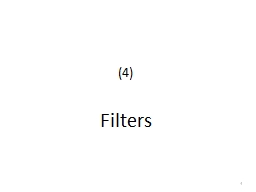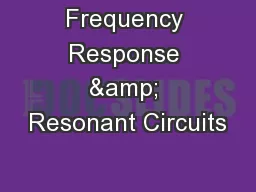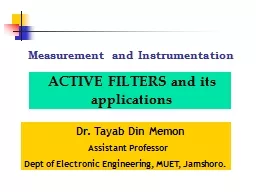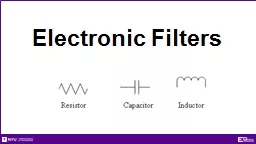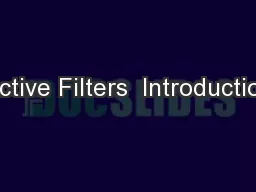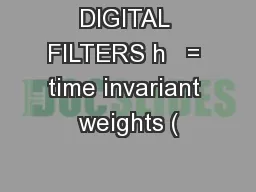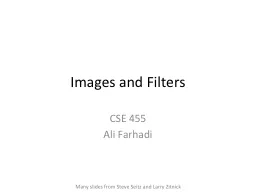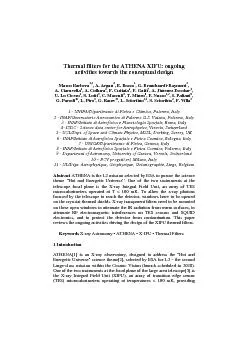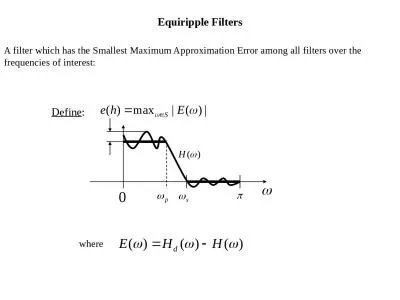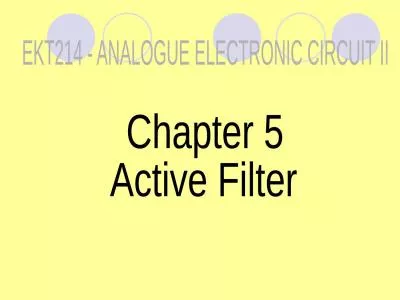PPT-(4) Filters 1 Frequency Response
Author : blanko | Published Date : 2023-11-11
If the quantity we are trying to measure is continually changing will we be able to follow it If the changes speed up at what point will we fail to keep up with
Presentation Embed Code
Download Presentation
Download Presentation The PPT/PDF document "(4) Filters 1 Frequency Response" is the property of its rightful owner. Permission is granted to download and print the materials on this website for personal, non-commercial use only, and to display it on your personal computer provided you do not modify the materials and that you retain all copyright notices contained in the materials. By downloading content from our website, you accept the terms of this agreement.
(4) Filters 1 Frequency Response: Transcript
Download Rules Of Document
"(4) Filters 1 Frequency Response"The content belongs to its owner. You may download and print it for personal use, without modification, and keep all copyright notices. By downloading, you agree to these terms.
Related Documents

